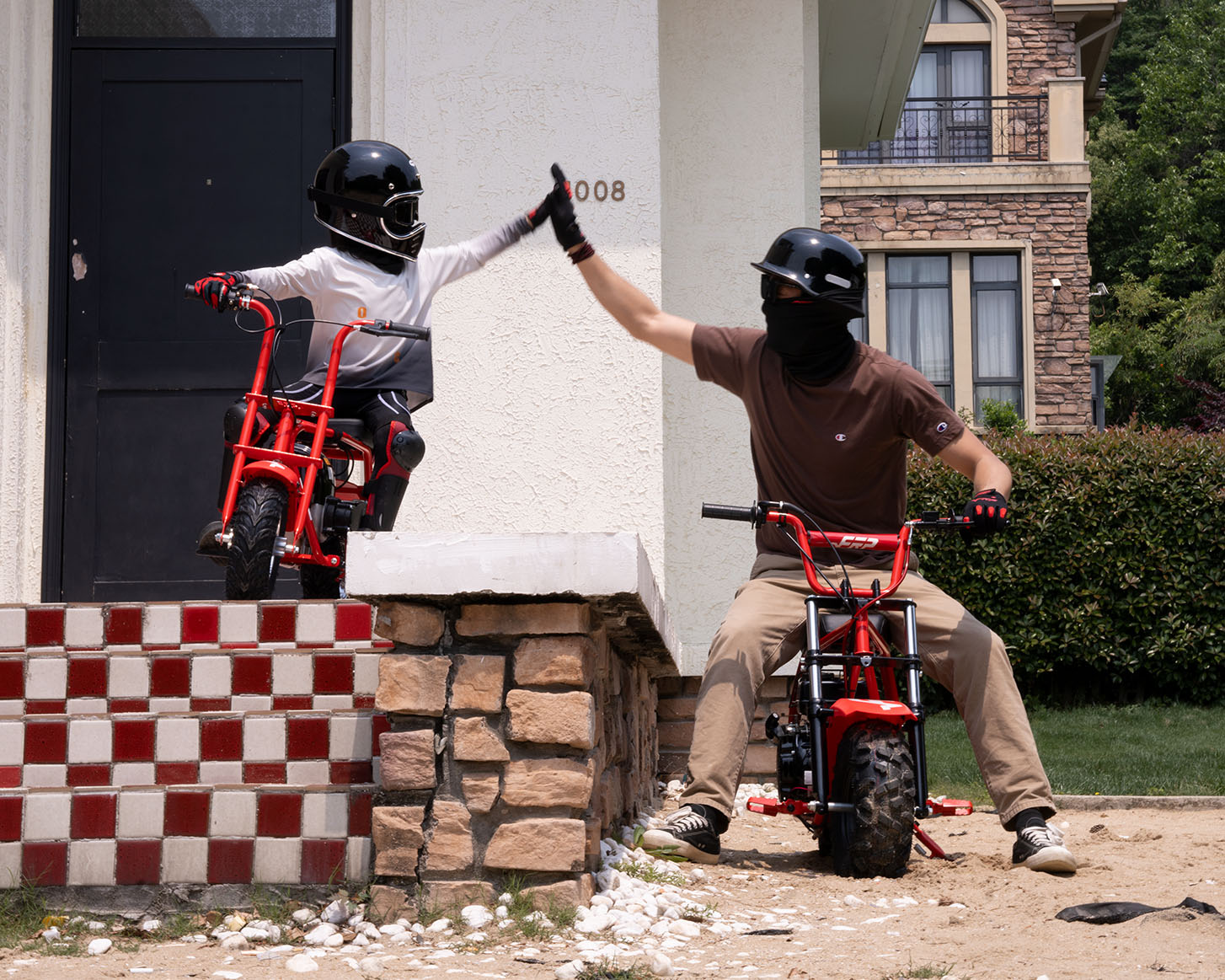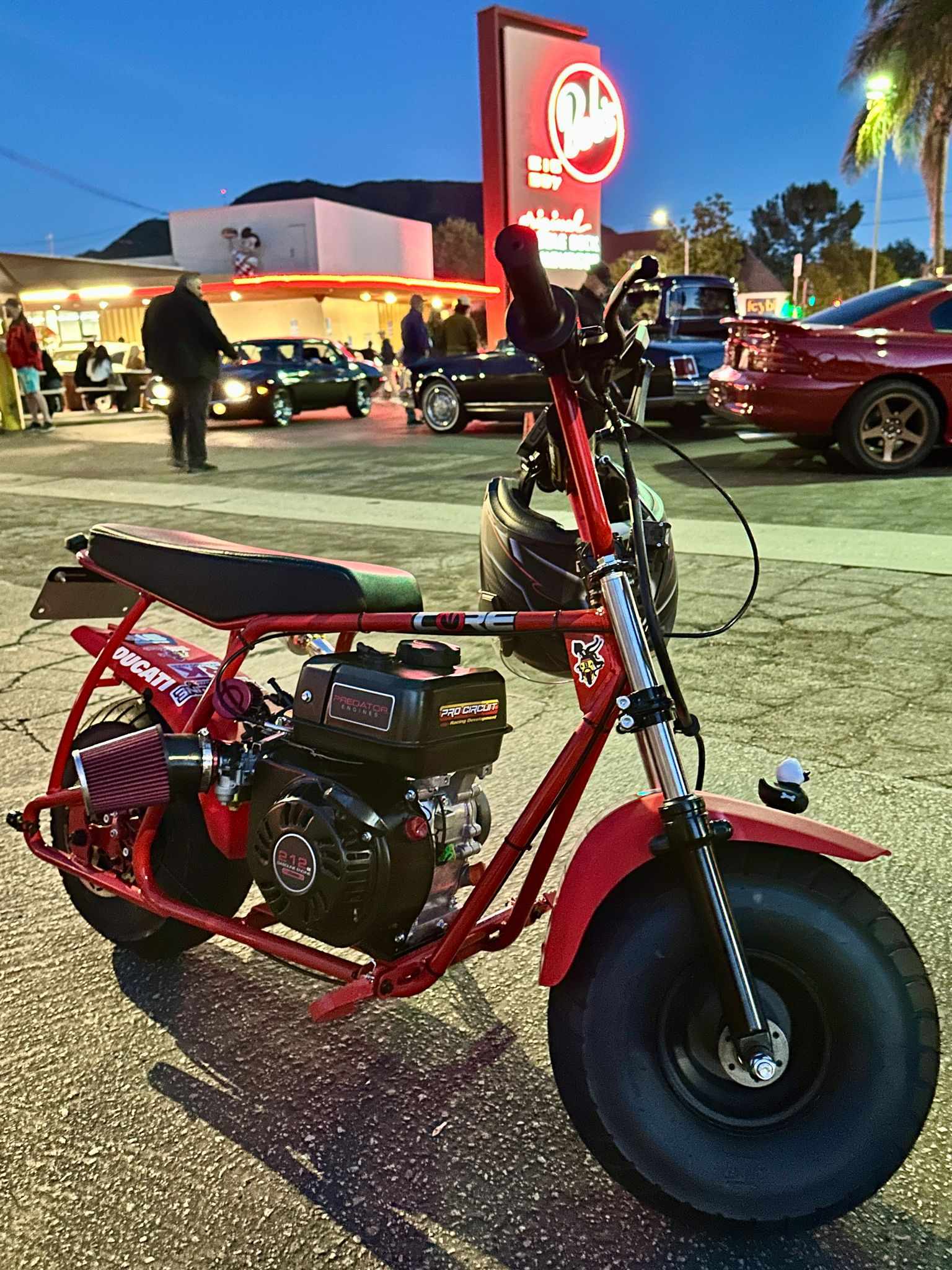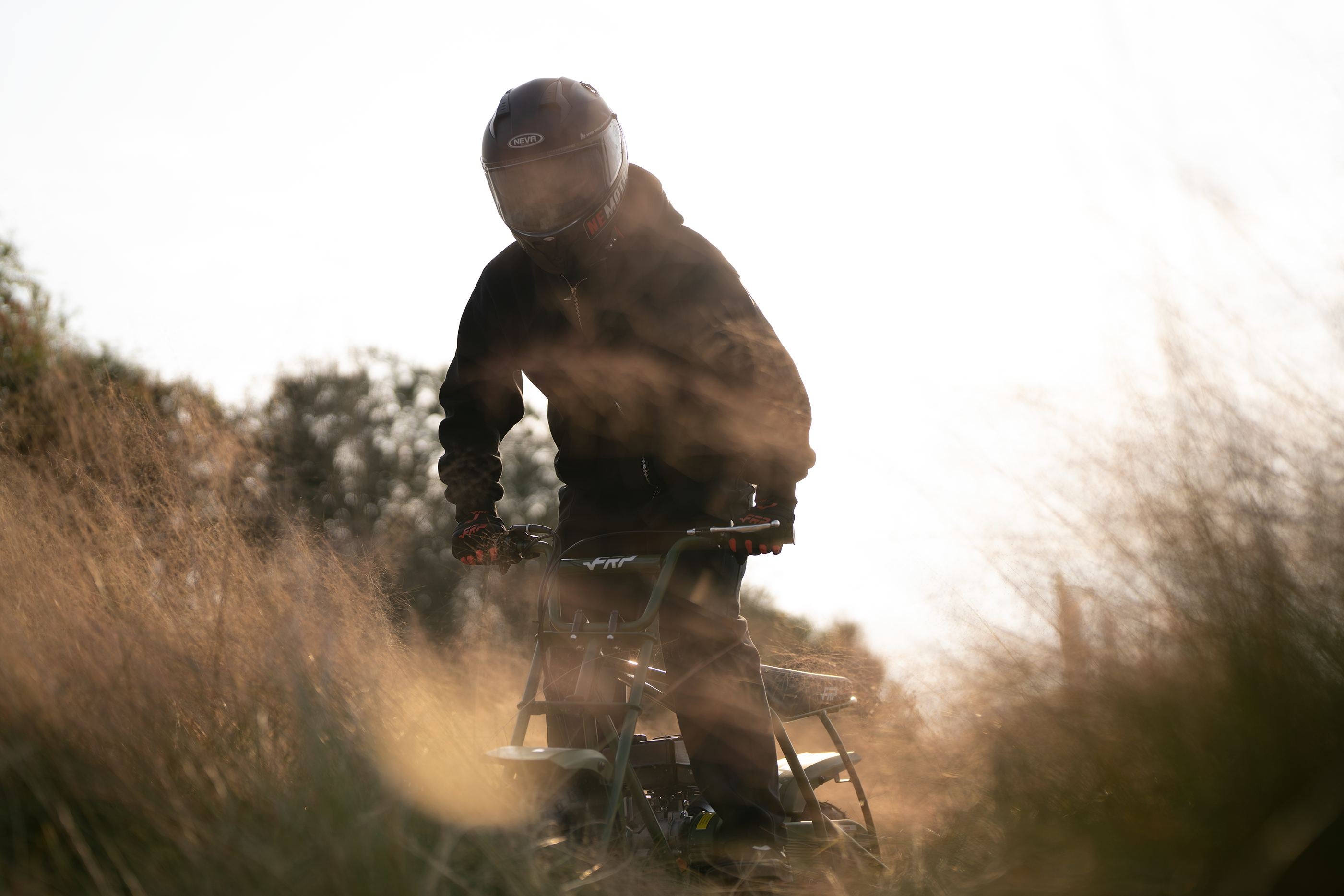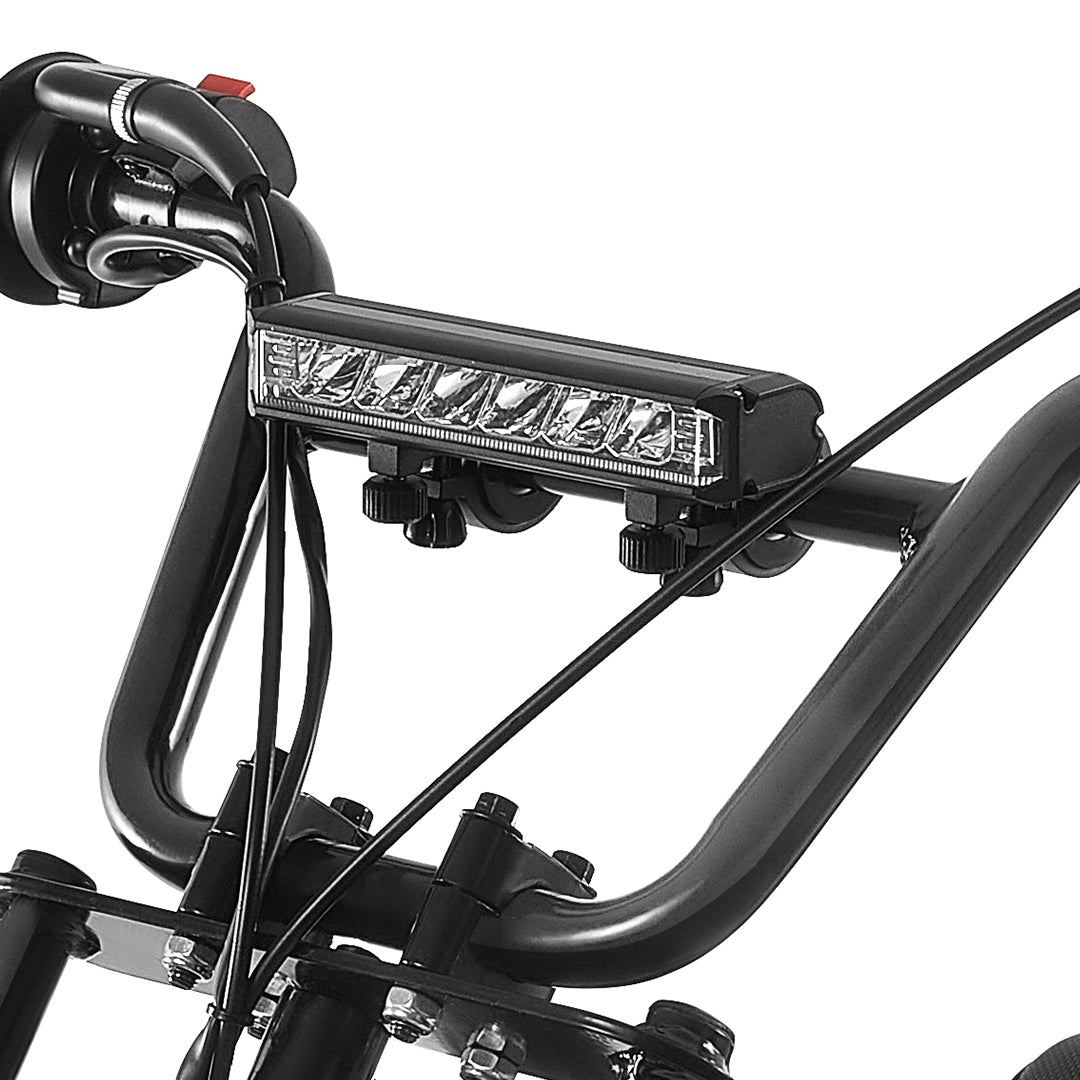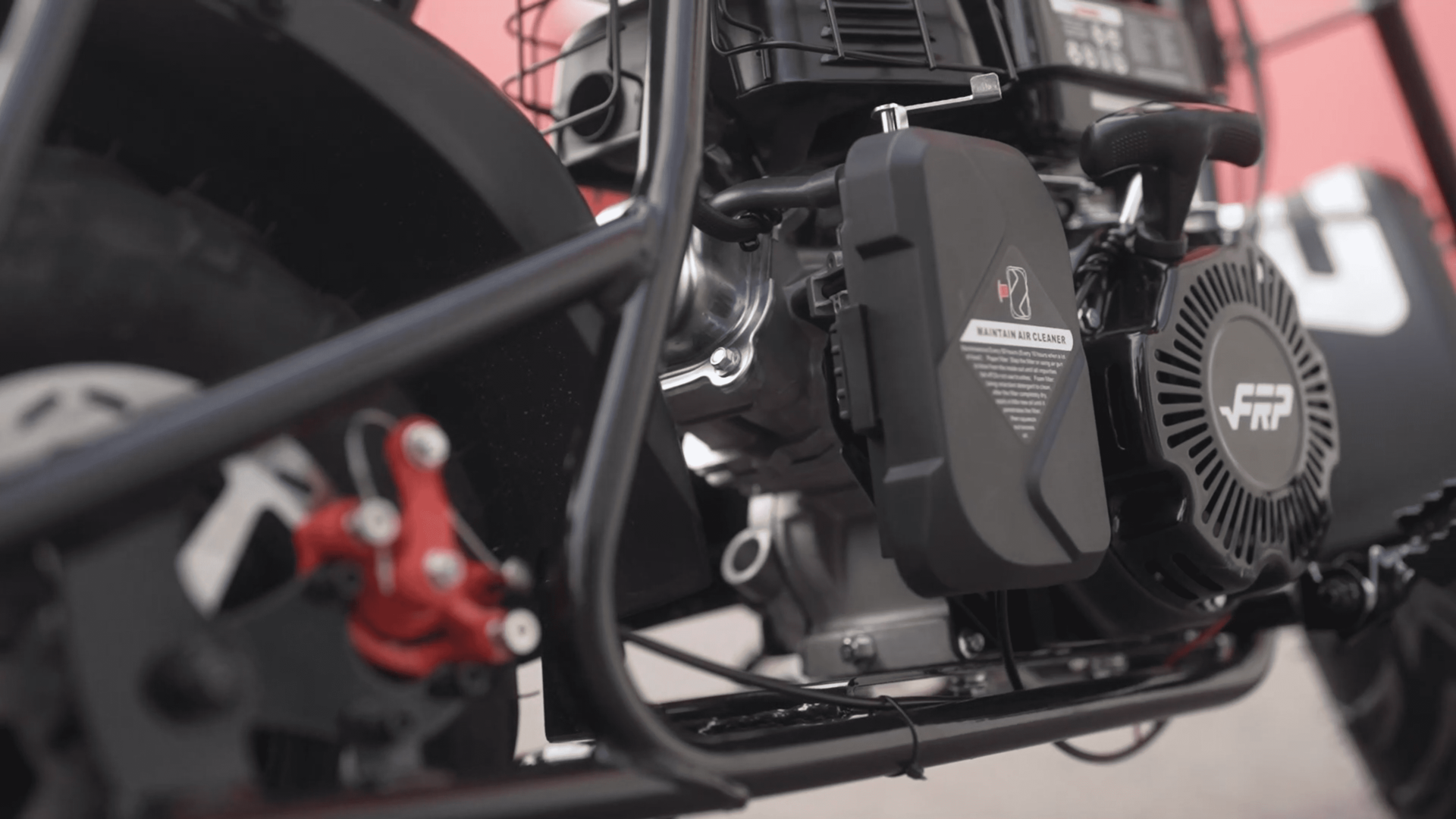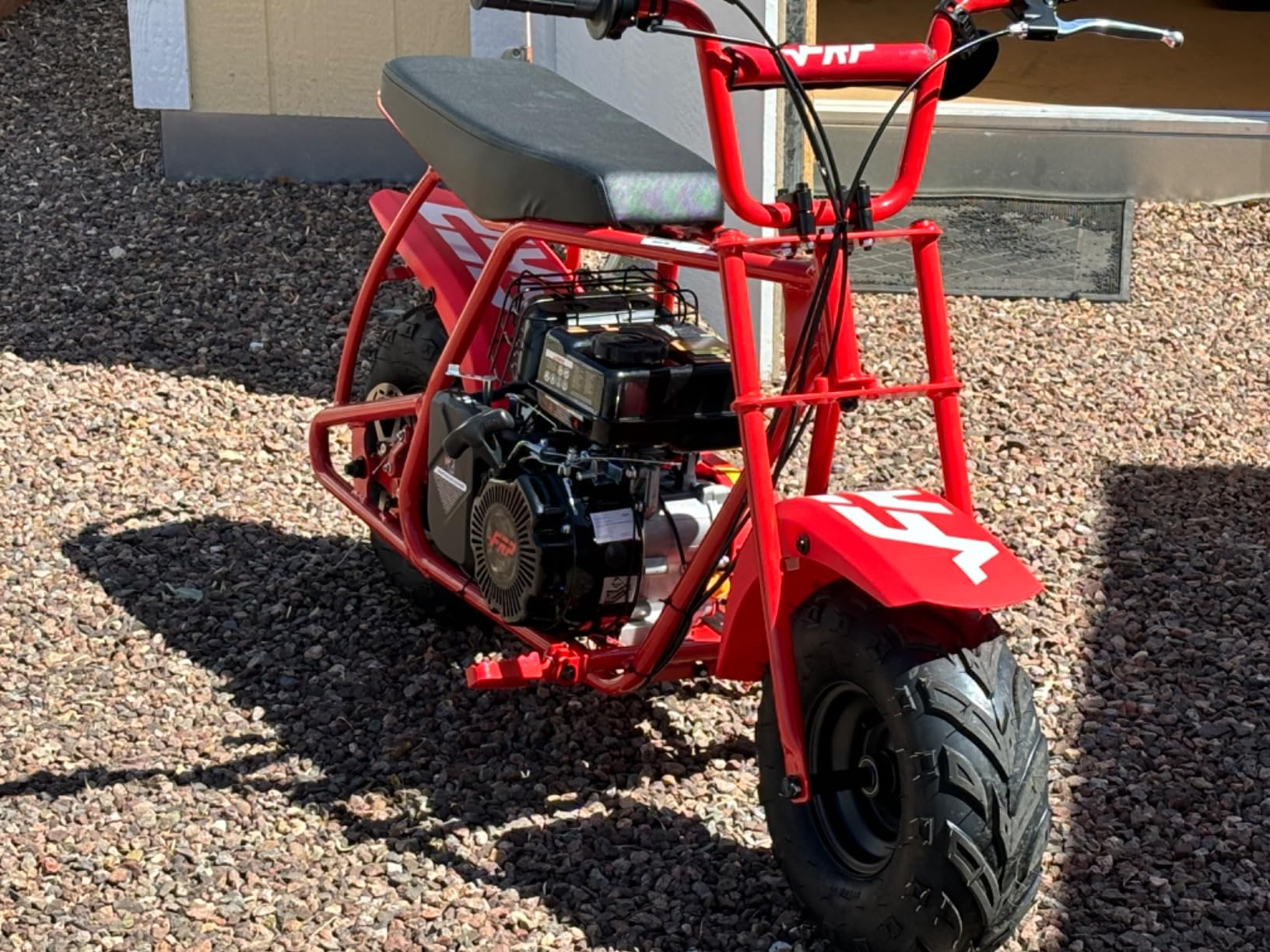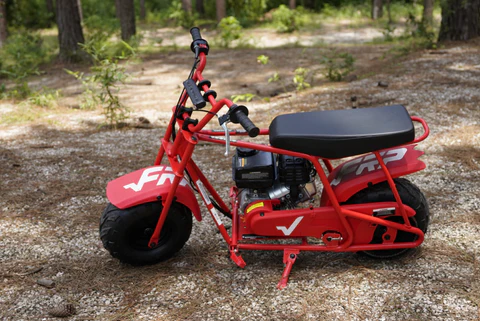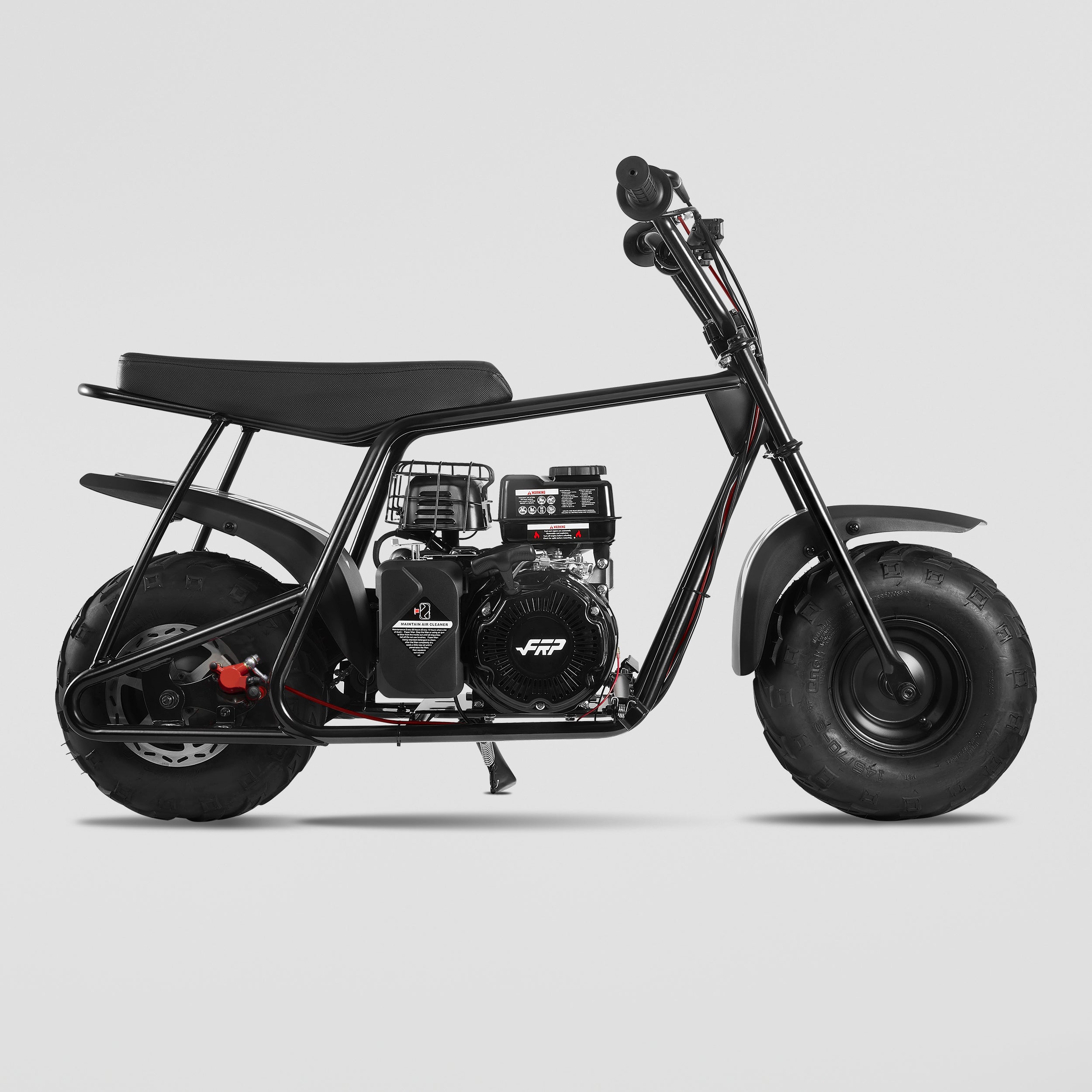How do you safely transport your mini bike without a truck? It’s a question every rider faces. Whether it’s a weekend ride or a race day, moving your motorcycle is a must.
But here’s the catch—mini bikes come in different sizes. A 50cc dirt bike or a 40cc dirt bike might be small, but they still need the right care.
Size and weight play a big part. Some cars can handle them. Some can’t. Even a short trip can become a costly mistake if you're not careful. Due to poor transport planning, bent frames, scratched paint, or broken parts often happen.
So, we’ve created this complete guide to help you move your mini bike safely, even if you don’t have a truck. This step-by-step plan covers all your options, tools, and best practices to make mini bike transport stress-free and safe.

Transport Methods Without a Truck
Car Transport Solutions
You don’t need a pickup to move a mini bike. Many people wonder how to transport a dirt bike without a truck. Let’s explore your car options.
● Roof Racks
Some roof racks can hold light bikes like a 40cc dirt bike. Make sure the rack fits your car roof. Check the weight limit. Use padding between the rack and bike to avoid scratches.
● Hitch-Mounted Carriers
These carriers attach to your car’s hitch. They’re perfect for a 50cc dirt bike. Make sure your hitch is rated for the bike’s weight. A stable hitch carrier can make mini bike transport much safer.
● Interior Transport
Smaller bikes may fit inside larger SUVs. Remove the front wheel if needed. Lay down thick blankets or mats to protect the interior. Use tie-down straps to keep the bike from shifting.
● Vehicle Compatibility
Always check if your vehicle can handle the bike’s size and weight. Read your vehicle manual before planning your trip.
Trailer Options
No truck? No problem. Trailers are a great solution.
● Small Utility Trailers
These are ideal for light bikes. A 40cc dirt bike fits easily. Just be sure to secure the bike properly.
● Motorcycle Trailers
These are built for bikes. They have rails and tie-down points, making them great for transporting one or more mini bikes.
● DIY Solutions
You can modify a regular trailer by adding rails or brackets to fit your mini bike. Just make sure it’s safe and stable.
● Rental Options
Renting a trailer might be best if you don’t move your bike often. Companies like U-Haul offer motorcycle trailer rentals at fair prices.
Essential Transport Equipment
Moving a 50cc dirt bike or 40cc dirt bike safely takes the right gear.
Securing Devices
● Tie-Down Straps: Get heavy-duty straps. Avoid cheap ones. They can snap and let your bike fall.
● Wheel Chocks: These stop your bike from rolling. Place one in front of the front wheel.
● Loading Ramps: Choose aluminum or steel ramps. Make sure they hold your bike’s weight.
● Protective Covers: Use them to block dust, rain, and road debris.
Safety Gear
● Protective Padding: Add foam padding to areas that might rub or bump.
● Weather Protection: Use waterproof covers for longer trips.
● Security Locks: Use chain locks or disc locks to prevent theft.
● Emergency Tools: Pack a wrench, air pump, and tire plug kit. You might need them roadside.
Loading and Unloading Techniques
Getting your bike on and off a vehicle can be tricky. Don’t skip this step.
Safe Loading Procedures
● Ramp Selection: Use a ramp with a non-slip surface. Avoid steep angles.
● Loading Angles: Keep the ramp as flat as possible. A lower angle is safer.
● Weight Distribution: Center the bike. Don’t load it too far forward or backward.
● Balance Points: Lift from under the frame. Avoid pulling from the handlebars.
Unloading Safety
● Controlled Descent: Walk the bike down slowly. Never let it roll freely.
● Ground Preparation: Unload on flat, solid ground. Avoid slopes or mud.
● Assistance Techniques: Ask for help with heavier bikes. Don’t risk injury.
● Emergency Procedures: Keep a first aid kit and phone nearby in case something goes wrong.

The MB40: Transport-Friendly Features
The MB40 mini bike is designed for easy transport.
Compact Design
● Lightweight at 46.3 Pounds: Anyone can lift it. Even a teen rider can help.
● 85% Pre-Assembled: Less time setting up. More time riding.
● Fits Most Vehicles: Its size makes it easy to fit in most trunks or backseats.
● Easy Tie-Down Points: Built-in loops make securing the MB40 simple.
Transport Considerations
● Fuel System Prep: Drain the tank or seal it tight to avoid leaks.
● Component Protection: Cover the throttle, brake levers, and chain to avoid damage.
● Weather Protection: The MB40 holds up well, but a cover adds extra safety.
Long-Distance Transport
Going far? Plan every detail.
Preparation Steps
● Pre-Transport Inspection: Check tires, brakes, throttle, and bolts.
● Maintenance Checks: Top off fluids. Check the chain. Adjust tire pressure.
● Documentation: Snap photos of your bike before the trip. Keep receipts and serial numbers.
● Route Planning: Choose roads with fewer bumps and sharp turns.
During Transport
● Regular Checks: Stop every few hours. Check straps and chocks.
● Weather Monitoring: Use apps like AccuWeather to avoid storms.
● Security Measures: Park in safe, visible areas. Use security locks at stops.
● Rest Stop Procedures: Don’t leave your bike unattended. Always double-check security before moving again.
Legal and Safety Considerations
Transporting a mini bike involves legal steps too.
Transport Regulations
● Local Laws: Check if your area has limits on trailer size or tied-down loads.
● Vehicle Requirements: Make sure your car or trailer setup is road-legal.
● Insurance Coverage: Some policies cover transport damage. Double-check with your agent.
● Documentation Needs: When crossing state lines, bring your ID, bike receipt, or proof of ownership.
Safety Protocols
● Speed Limits: Stick to 55 mph when towing or carrying bikes.
● Weather Conditions: If it rains, slow down and avoid sudden stops.
● Road Conditions: Avoid rough roads that may jostle the bike.
● Emergency Procedures: Have a plan if your car breaks down with your mini bike onboard.
Maintenance During Transport
Your bike needs attention before and after the ride.
Pre-Transport Care
● Fluid Levels: Check gas, oil, and coolant. Refill if needed.
● Tire Pressure: Use a gauge. Inflate to the correct PSI.
● Component Security: Tighten all bolts and clips.
Post-Transport Inspection
● Visual Inspection: Look for scratches or damage after unloading.
● Component Check: Test the brakes, throttle, and wheels.
● Performance Test: Start the bike. Ride a short distance to see if it runs well.
● Maintenance Needs: Clean off dirt, lube the chain, and top off fluids.
Conclusion
Transporting your mini bike the right way protects your ride and your wallet. Whether it’s a 50cc dirt bike or a 40cc dirt bike, every step matters—from choosing the right transport method to checking your gear.
Safe mini bike transport doesn’t need a truck. You now know how to transport a dirt bike without a truck using car racks, trailers, or even your SUV. Just make sure your tools, straps, and ramps are all set.
Your bike’s condition depends on your transport care. Do your checks. Load with caution. Unload with care.
For more transport gear and mini bike tips, visit FRP offcial store or talk to a local mechanic.
Keep your adventure smooth. Travel safe. Ride proud.


